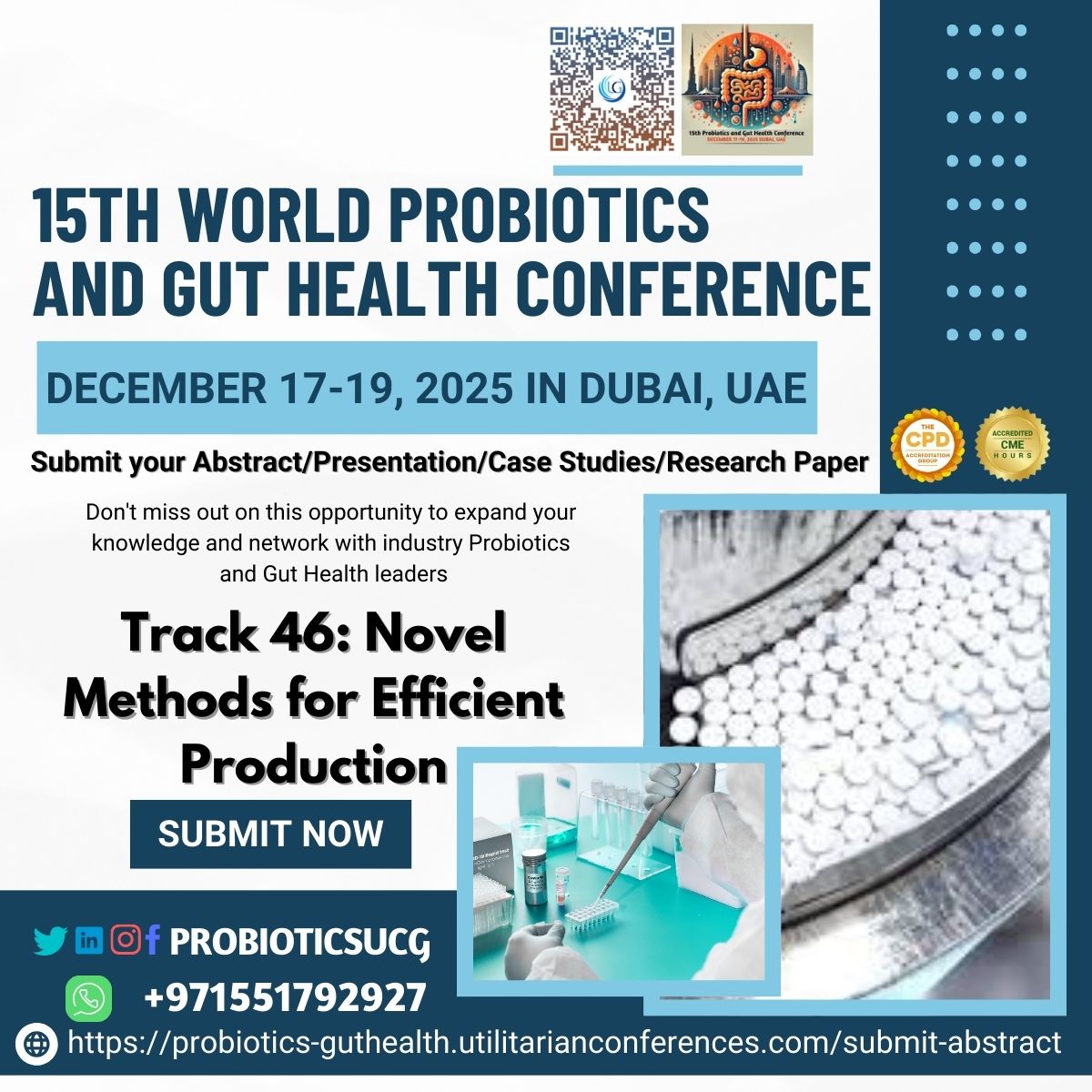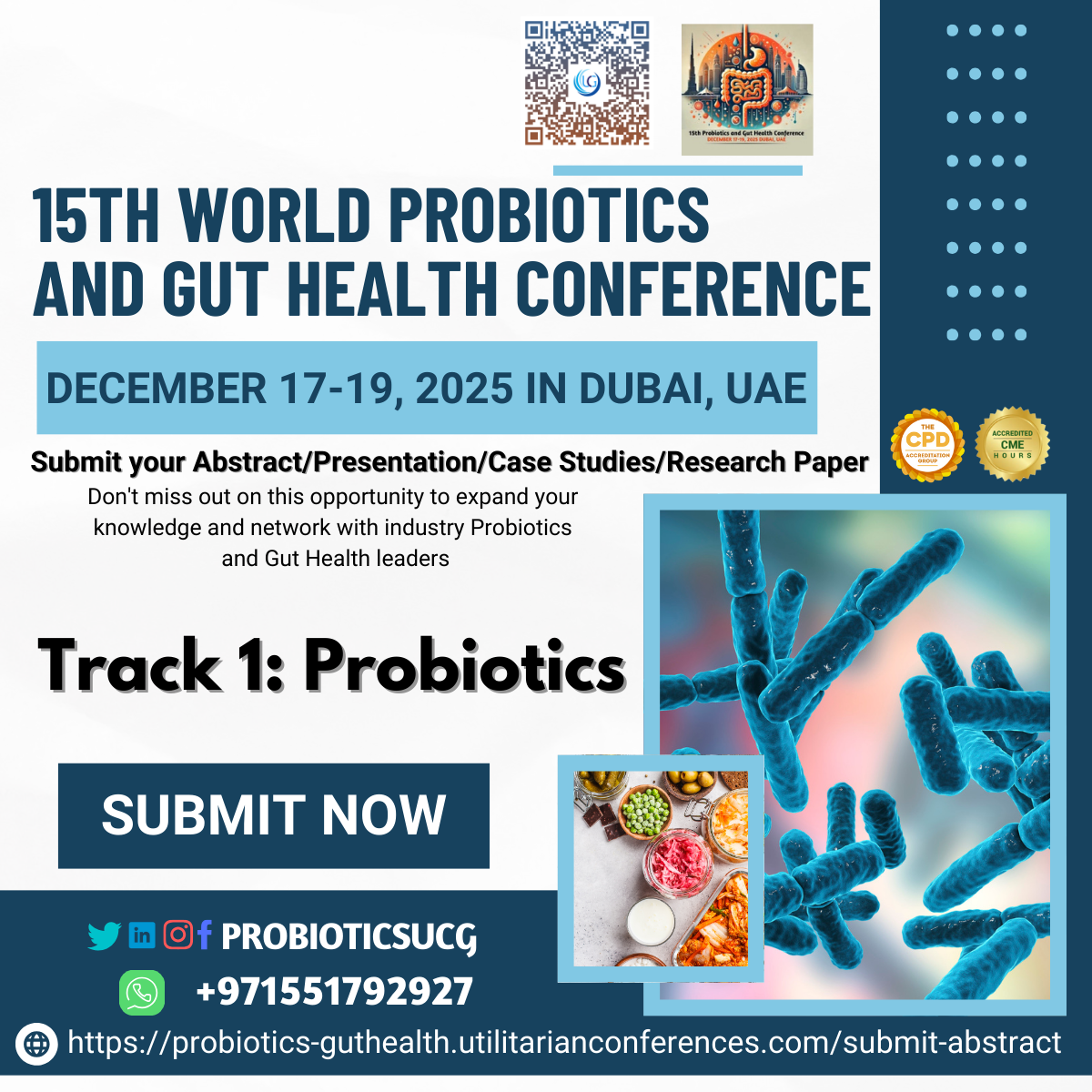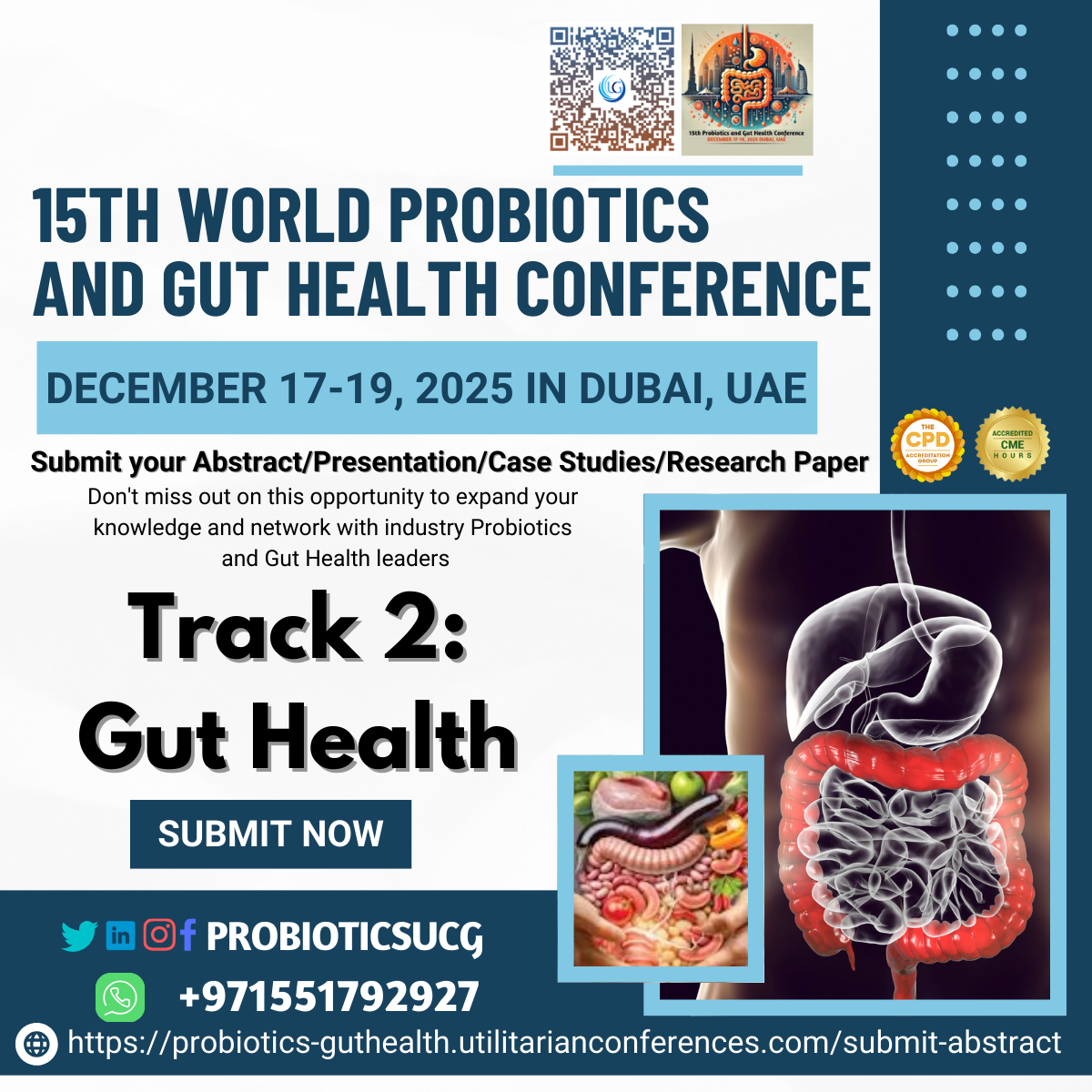Novel methods for efficient production,
especially in the context of biotechnological applications such as probiotics,
biofuels, and biopharmaceuticals, are rapidly evolving. These methods focus on
increasing yield, reducing costs, and improving product quality. Below are
several innovative strategies and technologies that are shaping the future of
efficient production:
1. Advanced Fermentation Technologies
a. Continuous Fermentation Systems
- Overview: Unlike traditional batch
fermentation, continuous systems maintain a steady state of growth by
constantly feeding fresh nutrients and removing spent media and products.
- Benefits: This approach minimizes downtime
between batches, enhances productivity, and ensures consistent product
quality.
- Applications: Continuous fermentation is widely
used in industrial biotechnology for producing probiotics, bioethanol, and
other metabolites.
b. Fed-Batch and Perfusion
Techniques
- Fed-Batch
Fermentation:
- Method: Nutrients are added incrementally to
extend the exponential growth phase.
- Benefits: This can lead to higher cell
densities and improved product yields.
- Perfusion
Culture:
- Method: Media is continuously refreshed
while cells are retained in the bioreactor.
- Benefits: Enables high-density cultures and
prolonged production periods, which are ideal for sensitive or high-value
products like probiotics.
2. Bioreactor Design and Process Optimization
a. Improved Bioreactor Designs
- High-Performance
Stirred-Tank Reactors:
- Features: Enhanced mixing and oxygen transfer
capabilities.
- Outcome: More uniform growth conditions and
reduced shear stress on delicate microorganisms.
- Airlift
and Bubble Column Reactors:
- Features: Lower energy consumption and
improved mass transfer.
- Outcome: Particularly useful for large-scale
microbial biomass production where oxygen transfer is a limiting factor.
b. Process Automation and Real-Time
Monitoring
- Sensors
and IoT Integration:
- Usage: Real-time monitoring of parameters
such as pH, temperature, dissolved oxygen, and nutrient levels.
- Benefits: Immediate feedback allows for
dynamic adjustments to optimize growth conditions and maximize yield.
- Artificial
Intelligence and Machine Learning:
- Usage: AI algorithms analyze large datasets
from fermentation runs to predict optimal conditions and troubleshoot
issues.
- Benefits: Increases process efficiency,
reduces waste, and enhances reproducibility across production batches.
3. Metabolic Engineering and Synthetic Biology
a. Strain Optimization
- Genetic
Modifications:
- Techniques: CRISPR/Cas9 and other gene-editing
tools are used to enhance the metabolic pathways of microbial strains.
- Benefits: Leads to faster growth, increased
production of desired metabolites, and improved stress resistance.
- Pathway
Engineering:
- Focus: Redirecting metabolic fluxes towards
the synthesis of high-value products.
- Outcome: More efficient utilization of
substrates and higher product yields.
b. Co-Culture Systems and Microbial
Consortia
- Concept: Using multiple microorganisms that
work synergistically can lead to improved production.
- Benefits: Different species may complement each
other’s metabolic capabilities, resulting in more robust and efficient
processes.
- Example: In probiotic production, co-culturing
strains may enhance the overall health benefits by mimicking natural
microbiota interactions.
4. Downstream Processing Innovations
a. High-Efficiency Separation and
Purification
- Centrifugation
and Membrane Filtration:
- Advancements: New materials and designs in
centrifuges and membranes can improve cell harvesting and product
concentration.
- Outcome: Greater yield and purity of the
final product with less processing time.
- Novel
Drying Techniques:
- Freeze-Drying
and Spray-Drying:
Optimized protocols for preserving cell viability and functionality,
especially for probiotics.
- Benefits: Reduced energy consumption and
improved stability of the product during storage.
b. Integrated Bioprocessing
- Concept: Combining upstream and downstream
processes in a seamless workflow.
- Benefits: Minimizes product loss and
contamination risks while enhancing overall process efficiency.
- Example: In biopharmaceutical production,
integrating fermentation with immediate purification steps can
significantly reduce processing time and costs.
5. Digital Twin and Simulation Models
- Digital
Twin Technology:
- Usage: Creating virtual models of
bioprocesses to simulate and optimize production conditions before
implementation.
- Benefits: Helps in predicting system behavior
under different scenarios, thereby reducing trial-and-error
experimentation.
- Simulation
Software:
- Function: Models biochemical reactions, mass
transfer, and cell growth dynamics.
- Outcome: Provides insights into process
improvements and scale-up strategies, ensuring a smooth transition from
laboratory to industrial scale.
Conclusion
Novel methods for efficient production leverage
a combination of advanced fermentation techniques, optimized bioreactor
designs, metabolic engineering, and real-time process monitoring. These
innovations not only boost productivity but also ensure the high quality and
consistency of products like probiotics and biopharmaceuticals. As technology
continues to evolve, integrating these approaches with digital tools such as AI
and digital twin simulations will further revolutionize production processes,
making them more sustainable and cost-effective.





